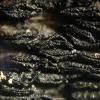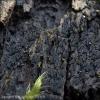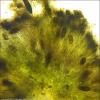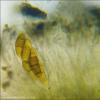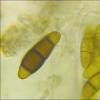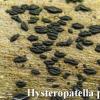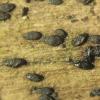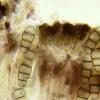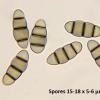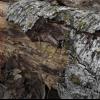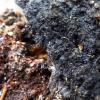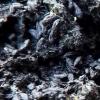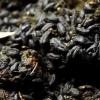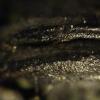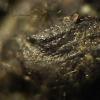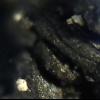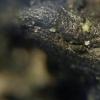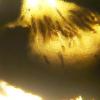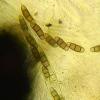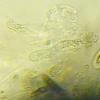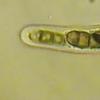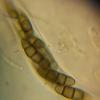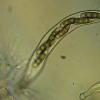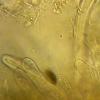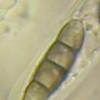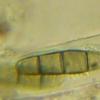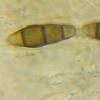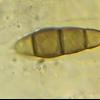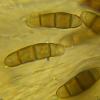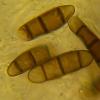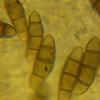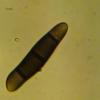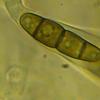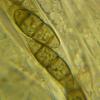
31-12-2021 12:12
Georges GreiffHappy New Year to All! I was hoping somebody coul

15-08-2025 12:47
Philippe PELLICIERBonjour, j'ai récolté cette Scutellinia au Col d

15-08-2025 21:50
 Bernard CLESSE
Bernard CLESSE
Bonsoir à toutes et tous,Pourriez-vous m'aider à

13-08-2025 12:17
De ayer en la misma muestra que el Ascobulus anter

13-08-2025 22:41
 Francois Guay
Francois Guay
I found this species on decaying wood in Québec,

14-08-2025 17:32
 Nicolas VAN VOOREN
Nicolas VAN VOOREN
Hello.In the course of forthcoming paper about Geo

15-08-2025 07:20
 Zuzana Sochorová (Egertová)
Zuzana Sochorová (Egertová)
Hello, a few days ago I have collected this Tarzet

13-08-2025 12:01
De ayer en KK de vacunoAscas con 20 o mas esporasa

12-08-2025 19:44
Could someone send me a pdf copy of this article?S
Hi.
Initially, I marked this collection as a Hysterium pulicare, but I do not have a certainty so I am asking for help.
Spores:
(19.2) 21.8 - 25.9 (27.3) × (6.9) 7 - 7.7 (8.2) µm
Q = (2.8) 3.1 - 3.3 (3.6); N = 7
Me = 23.5 × 7.3 µm; Qe = 3.2
27.27 8.21
19.18 6.86
21.83 7.09
22.40 6.99
25.93 7.25
23.22 7.16
24.72 7.75
greetings
Mirek
Mirek

As I mentioned, initially I described this collection as a Hysterium pulicare due to the brighter colored ends of spores. However, I did not know anything about the existence of Hysteropatella elliptica. Yesterday, I found a bit of data about it and I had the impression that morphological features more match this species?
However, as Zotto said, he did not fit a substrate.
Yes, it's definitely Betula (I place a more general photo).
I have one more similar collection also gathered from Betula but I have not yet explored her. However, these grew on the bark, I will post later.
greetings
Mirek
Do you mean that this is not Betula?
I can only add that the picture is actually not the best. It was made with very cloudy weather. In any case, the bark was white, definitely whiter than in the picture.
Mirek
Hi friends,
First, thanks to Mirek.
In 2011, I collected one fungus on Betula, kept in herbarium under the name Hysterium sp. cf pulicare. There were many hysterothecia, densely packed against each other, and if I well remember, elongated, not like H. pulicare that is morphological variable. It was observed on decorticated wood, next to, and under the bark, like Mirek's ones.
I can look at it again, if necessary. Microscopy was like Mirek's one.
Alain

Hi Zotto,
I will check it, Keep in touch, please.
Alain
Ascomata grew on a birch bark, on a trunk after a cut tree.
I place more photos of spores showing their various.
Their dimensions:
(18.6) 21.2 - 24.4 (24.8) × (5.2) 6 - 6.9 (7.5) ?m
Q = (2.9) 3.2 - 3.8 (4); N = 15
Me = 22.6 × 6.4 ?m; QE = 3.5
24.36 6.06
21.17 5.24
21.55 6.57
22.74 6.03
22.58 6.34
18.64 5.78
23.21 7.48
23.07 6.94
21/06 7.15
24.79 6.58
22.99 6.41
22.75 6.79
22.27 6.43
23.28 6.07
24.45 6.85
Comments are welcome :)
greetings
Mirek

Mirek

